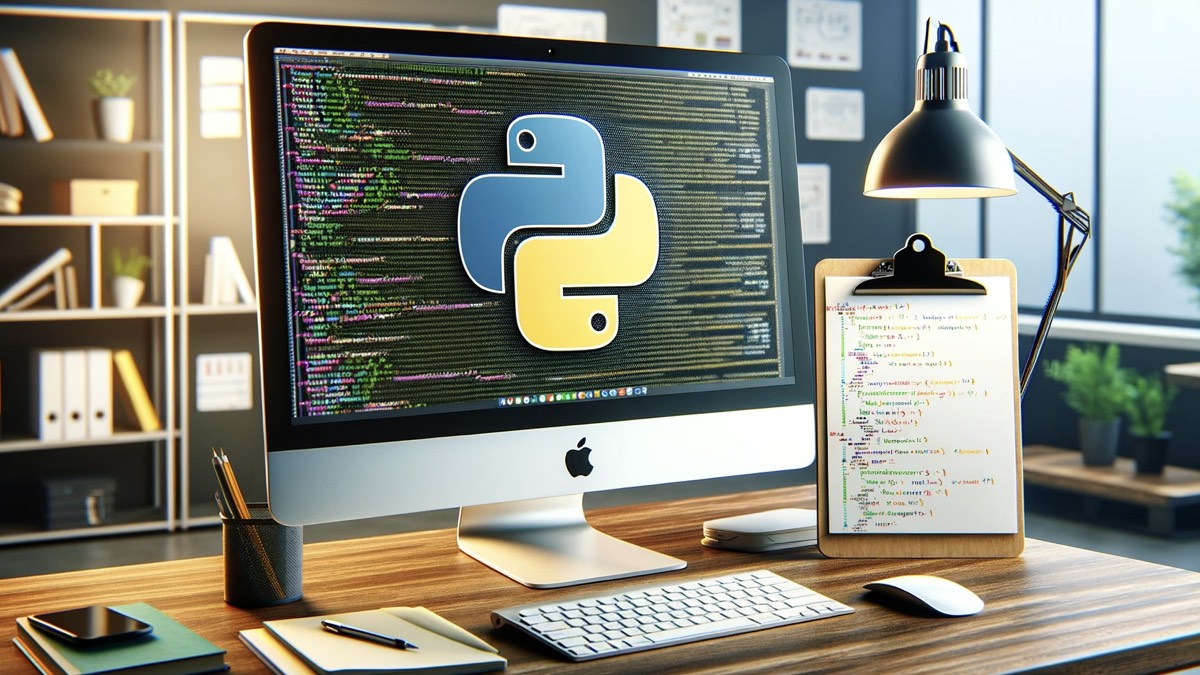How pyperclip Can Supercharge Your Python Automation
Say Goodbye to Temporary Files

I have several Python scripts makes my life easier. Sometimes I create temporary files to view the output. Which is fine, but there has to be a better way. Enter pyperclip, a cross-platform gem that turned my automation paradigm upside down.
Imagine this: your script crunches through data, generates a beautiful report, and…poofs it into your clipboard. Gone are the days of saving messy filenames or having files clutter the desktop. With pyperclip, your output lands directly in your preferred text editor, ready for further editing or pasting wherever it needs to go.
Here's how pyperclip works its magic:
- Simple Installation: Just
pip install pyperclipand you're good to go. No platform-specific dependencies, just pure Pythonic goodness. - Copy in a snap: Use
pyperclip.copy(my_report)to send any string, be it plain text, HTML, or even Markdown, straight to your clipboard. - Paste anywhere: Open your favorite text editor, hit
Ctrl+V, and voila! Your script's output is there, ready to be polished or shared.
But pyperclip isn't just about convenience. It offers several advantages:
- Reduced disk I/O: No more temporary files cluttering your disk. Your script runs leaner and meaner.
- Improved workflow: Paste directly into reports, emails, or anything else, saving precious time and context switching.
- Platform independence: Works seamlessly across Windows, macOS, and Linux, making your scripts truly portable.
Of course, there are limitations. pyperclip deals primarily with plain text, so complex data structures or images might require alternative approaches. And, like any good tool, it's best used judiciously. Sensitive information shouldn't be carelessly chucked into the clipboard.
But for everyday automation tasks, pyperclip is a game-changer. It streamlines workflows, reduces complexity, and adds a touch of magic to your Python scripts. So, the next time you're tempted to create a temporary file, remember: with pyperclip, your output can be just a Ctrl+V away.
Go forth, fellow automators, and embrace the clipboard revolution!
Bonus Tip: Combine pyperclip with other libraries like pandas or beautifulsoup4 to scrape data, generate reports, and send them directly to your favorite text editor. The possibilities are endless!
I hope this blog post inspires you to explore the power of pyperclip and unlock a new level of efficiency in your Python automation efforts. Happy coding!
